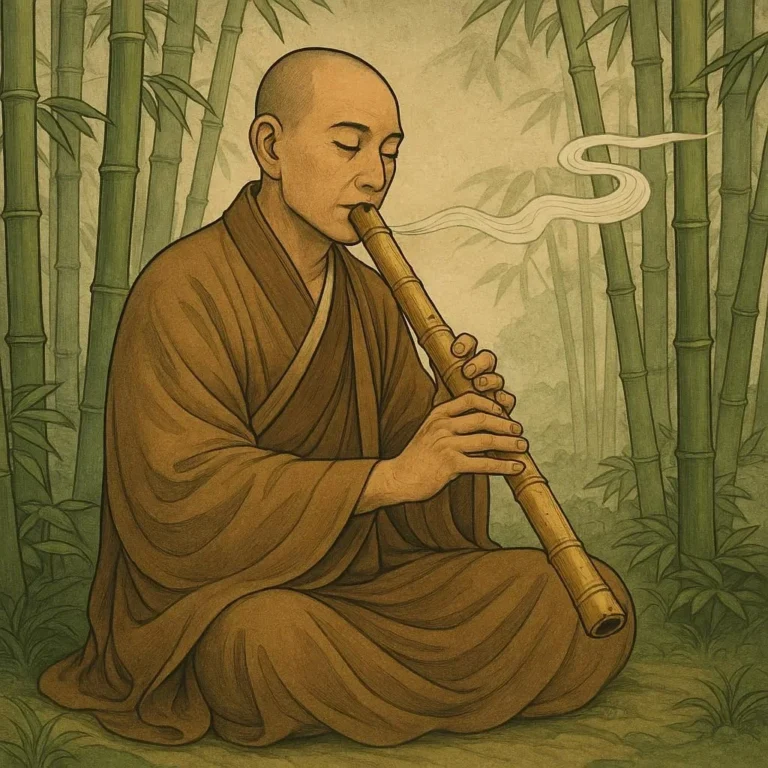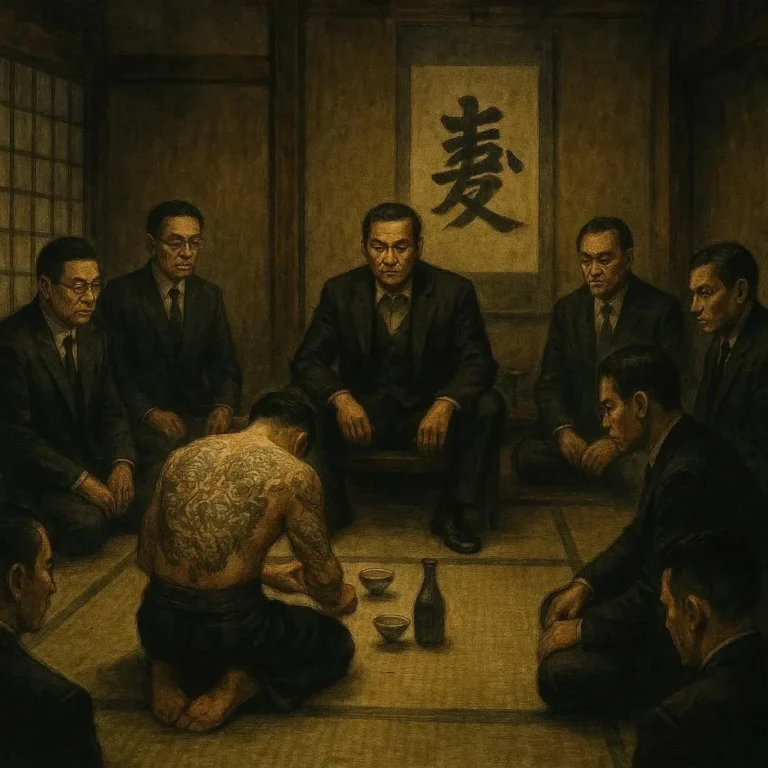509 views From Peasant to Warrior: The Journey to Bushido Honor
In the annals of Japanese history, stories of individuals who rose from humble beginnings to embody the revered Bushido code serve as powerful testaments of determination, resilience, and relentless pursuit of honor. While the archetypal samurai is often depicted as born into privilege, the journey from a lowly peasant lad to a respected warrior reveals the transformative nature of Bushido itself. This narrative examines the critical milestones, core values, and social dynamics that enable a peasant’s metamorphosis into a warrior loyal to a daimyo and the samurai ethos.
The Origins of Bushido
Bushido, or the way of the warrior, is more than a military doctrine; it is a philosophical framework rooted in loyalty, courage, and moral rectitude. Emerging during the Sengoku period (15th–16th centuries), Bushido codified the conduct expected of samurai and conveniently attracted aspirants proving the code’s inclusive potential. Scholars such as Sendai Jiro suggest that Bushido’s influence spread through buke and bōshi literature, creating a shared identity that transcended class boundaries. This philosophy provided a structured path for those outside the warrior class to seek status and affirmation.
Daily Life of a Peasant
Peasants in feudal Japan—known as nō—lived under rigid, agrarian schedules. Their days began before sunrise, tending barley, rice, or sericulture, and ended with evening chores that ensured the land remained fertile for the daimyo’s dominion. These farmers were essential in sustaining the feudal economy, yet social standing enforced a vertical barrier. They viewed samurai as distant, yet their hardships cultivated a deep yearning for a sense of purpose beyond manual labor—an aspiration that would later intersect sharply with the Samurai ethos.
The Moment of Resolve
The impetus for change often arrived during an encounter with a traveling retainer or a camp under siege. For a peasant named Yoshi—let’s name him for illustrative clarity—this came when a captured lieutenant whispered stories of battlefield valor. Those tales ignited a spark: a desire to forge a new path where land stewardship could metamorphose into infernal valor. This epiphany ensured Yoshi would seek refinement beyond the plow.
First Footsteps as a Page
The initial step was becoming a shinobiji—a page or attendant for a local lord. This role granted proximity to noble lineage and provided Yoshi with ceremonial etiquette, rudimentary weaponry, and a glimpse into the governance of territory. Through this apprenticeship, Yoshi absorbed court protocol and learned the nuances of kana—script used for both letters and counsel—skills that served as the intellectual backbone of Bushido practice.
Learning the Mind of a Warrior
Beyond physical training, the mind is the bedrock of Bushido. During the page tenure, Yoshi engaged in kakugo, a discipline where discipline was reinforced through austere habits—νατροπι δρβr, meaning consistent self‑assessment. He studied shojin, a path of virtue; the principles of gi (justice), yūki (courage), and jinshin (truth) cultivated an inner compass necessary for a soldier’s life.
Physical Disciplines – Sword, Bow, Foot
Yoshi’s physical training intensified with swordsmanship (kenjutsu) for close combat, archery (kyūjutsu) for ranged precision, and horseback riding (same-chū) as a long‑range strategist’s necessity. Daily routines involved morning drills, afternoon exercises, and evening self‑practices that enhanced speed, balance, and precision. Each practice session was framed by measured breathing‑techniques that heightened focus—critical for bearing life‑long combat responsibilities.
Discipline, Etiquette, and the Samurai Code
Etiquette extended beyond battlefield maneuvers; it permeated every social gesture. Yoshi Master Shojin observed saijin, the virtue of self‑necking: “To learn to remain undefeated by the world.” Through gōkō—formal letters to retainers—he refined civic communication. Pipe‑washed ceremonial rituals and personnel management formed the backbone of his stewardship, ensuring he could carry the weight of the daimyo’s trust.
The First Trial of Honor
A real test appeared during the early 1556 conflicts: Yoshi faced a militia that overran a local shrine. Defending the sacred site with only a bamboo spear became his first demonstration of kōri (loyalty). Though losing a finger to a shuriken, Yoshi’s steadfastness brought him to the attention of a capable daimyo, who offered him a place among the taisho—the early cohort of elite warriors.
Strategic Genius – War and Peace
The fight against human reduction was only the beginning. Yoshi now had to master battle tactics: husaric coordination of archers, archipelago maneuvering, and battlefield logistics. Through jūjutsu, he studied patterns in enemy formations, learned to predict their next moves, and employed kaio (dynamical counter‑strikes). These strategic insights were balanced by his devotion to chi eru tsukanotte, the belief that a warrior should never forget the human cost of violence.
Rituals, Symbols, and the Sacred Path
Alongside strategy, symbolic practices such as haimoku (shrine visits) and sechō (sacred pen) kept Yoshi’s soul tethered to reward and purpose. Reverence for ancestors was visualized through keikaku—family crests displayed on battle flags. The honor marker kōgin, or “indomitable spirit,” framed Yoshi’s achievements on the yamato scroll, a board that recorded each merit and failure within the samurai narrative.
Overcoming Internal Turmoil
The path from peasant blade to warrior rank was traversal over personal doubts—fear, self‑identity crises, and tenuous hope. Earning prestige required unwavering discipline and an acceptance of traumatic losses. Hypnotic recitations of nengō – the eight rhythmic episodes of practice and mastery – navigated him past mental barriers, anchoring his sense of self to the fealty he owed both his lord and his own legacy.
Attaining Samurai Status
After a decade of rigorous training, Yoshi was presented with the taihai—the formal sword that signified his promotion from minor retainer to robaku samurai. The ceremony involved oath‑taking, yōe —the proclamation of permanent allegiance—and a blessing from a revered kōshin—the spirit of the ancestral line. From that moment onward, Yoshi wielded the authority to administer justice, lead operations, and shape the destiny of the domain.
Legacy and Contemporary Lessons
Yoshi’s transformation exemplifies the frames through which Bushido shapes men from the soil and re‑infuses them as ethical warriors. Modern Romanians reading this can note that a similar shift—eager to lift beyond the extant social status—enshrines personal virtues such as discipline, integrity, and resilience. By embracing a tradition rooted in honor, modern readers may redefine their life’s path from trap to sword.
Closing Thoughts
The journey from peasant to warrior is not simply a tale of listing steps or collecting trophies. It’s a profound metamorphosis of soul, mindset, and place in society. Engagement with Bushido’s core principles–loyalty, honor, self‑discipline–instructs individuals that through dedication, learning, and perseverance, even a peasant can rise to embody the clarest bulwark of moral integrity held by Japan’s storied warrior class.






